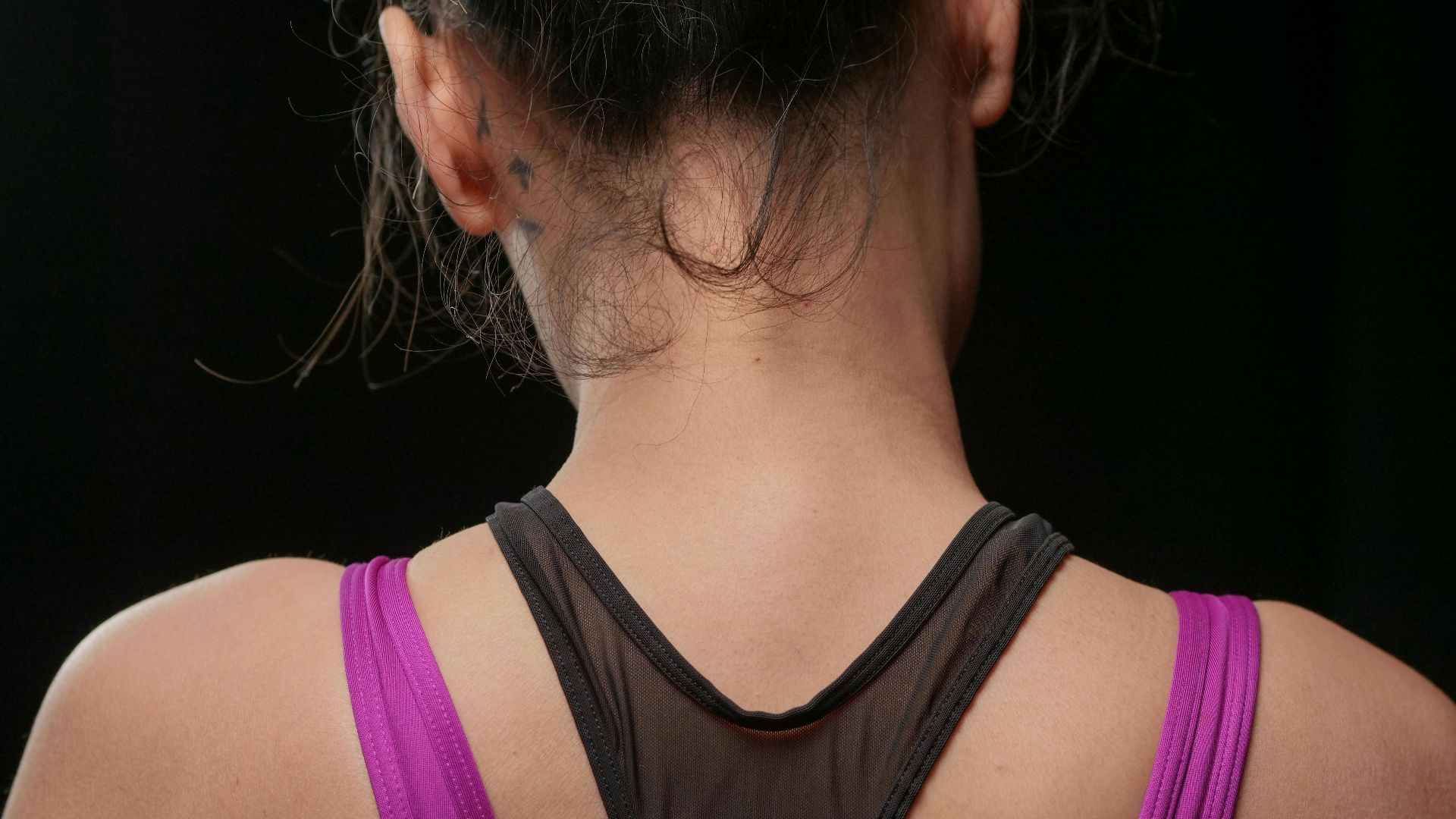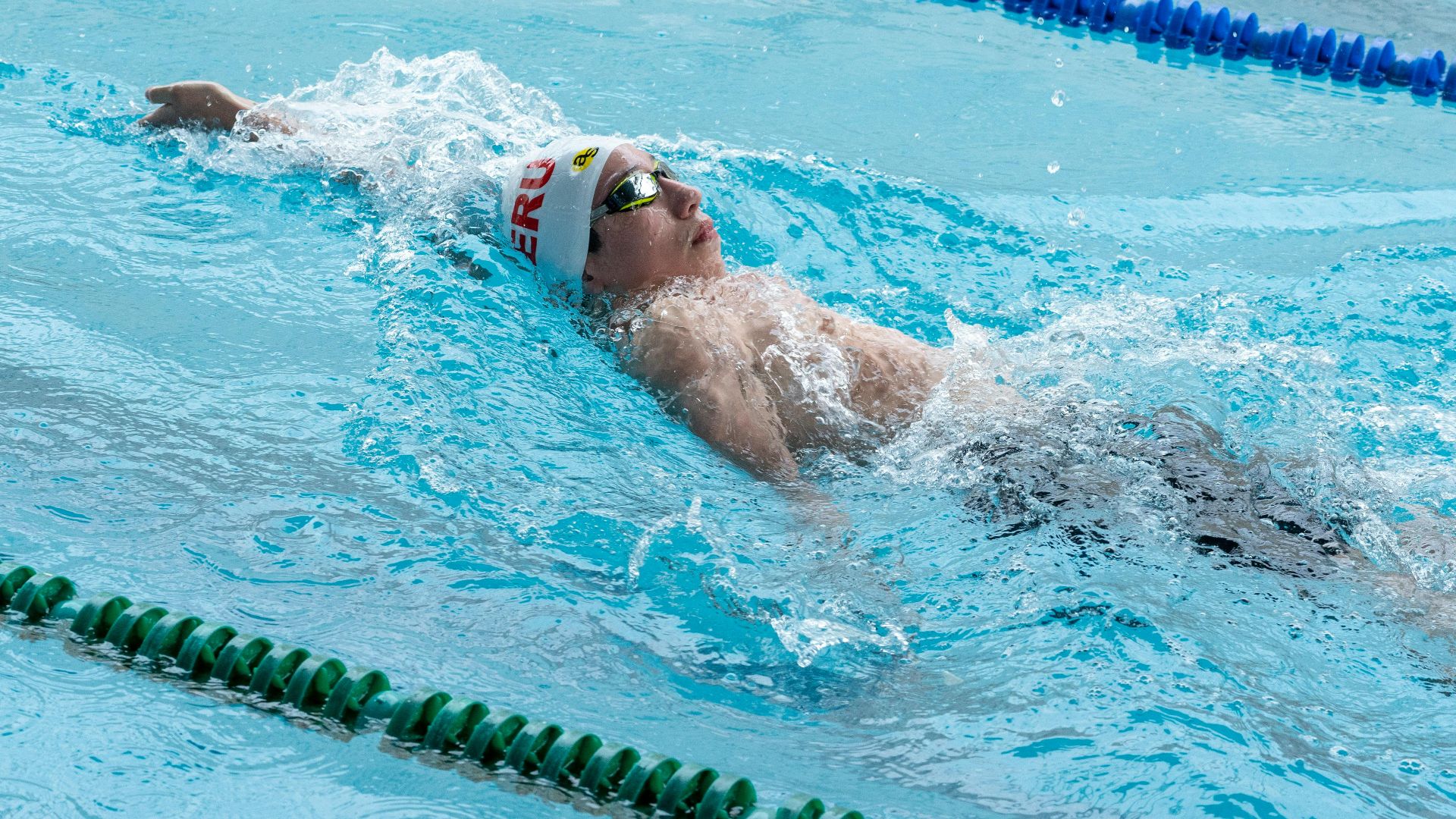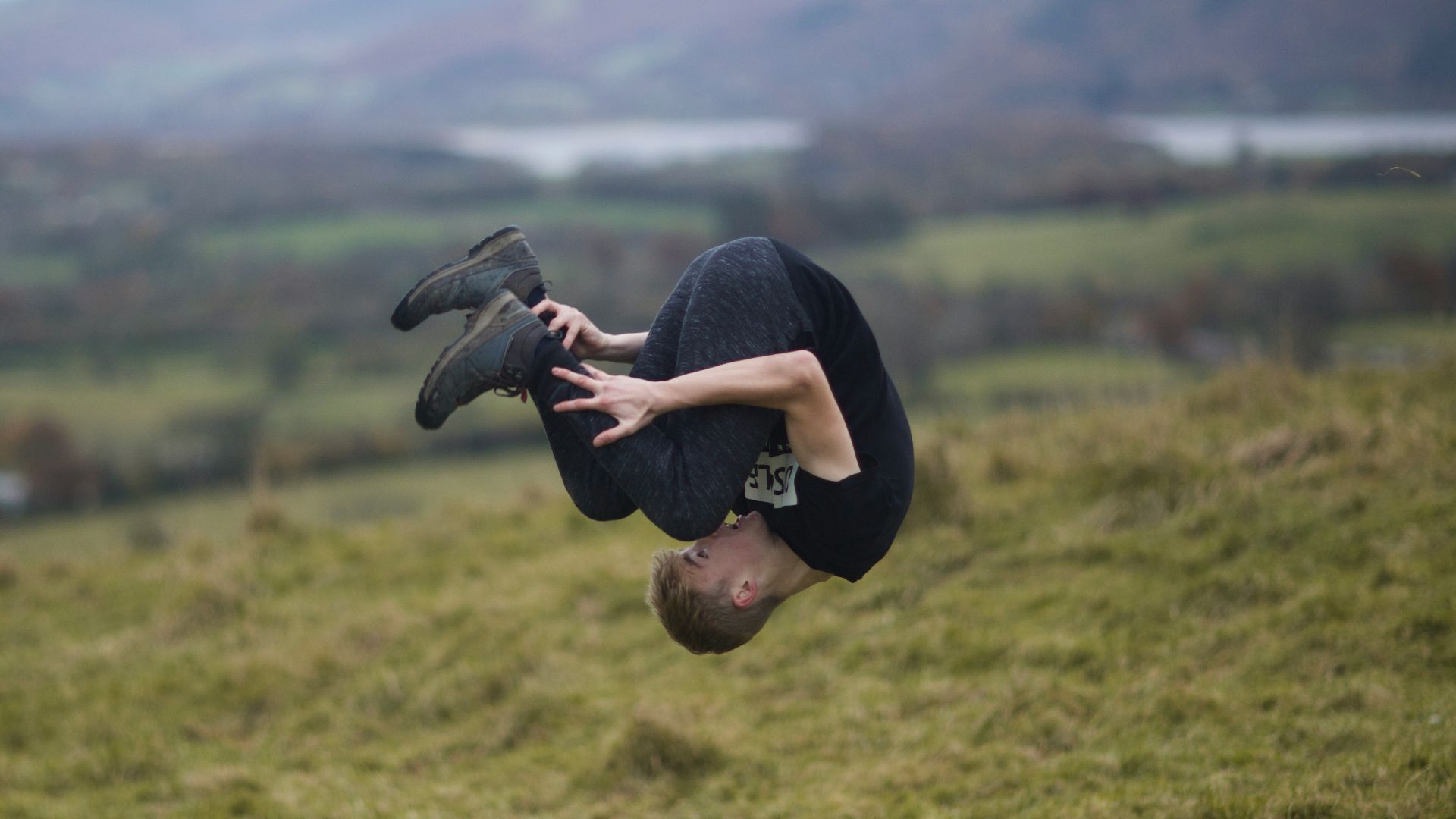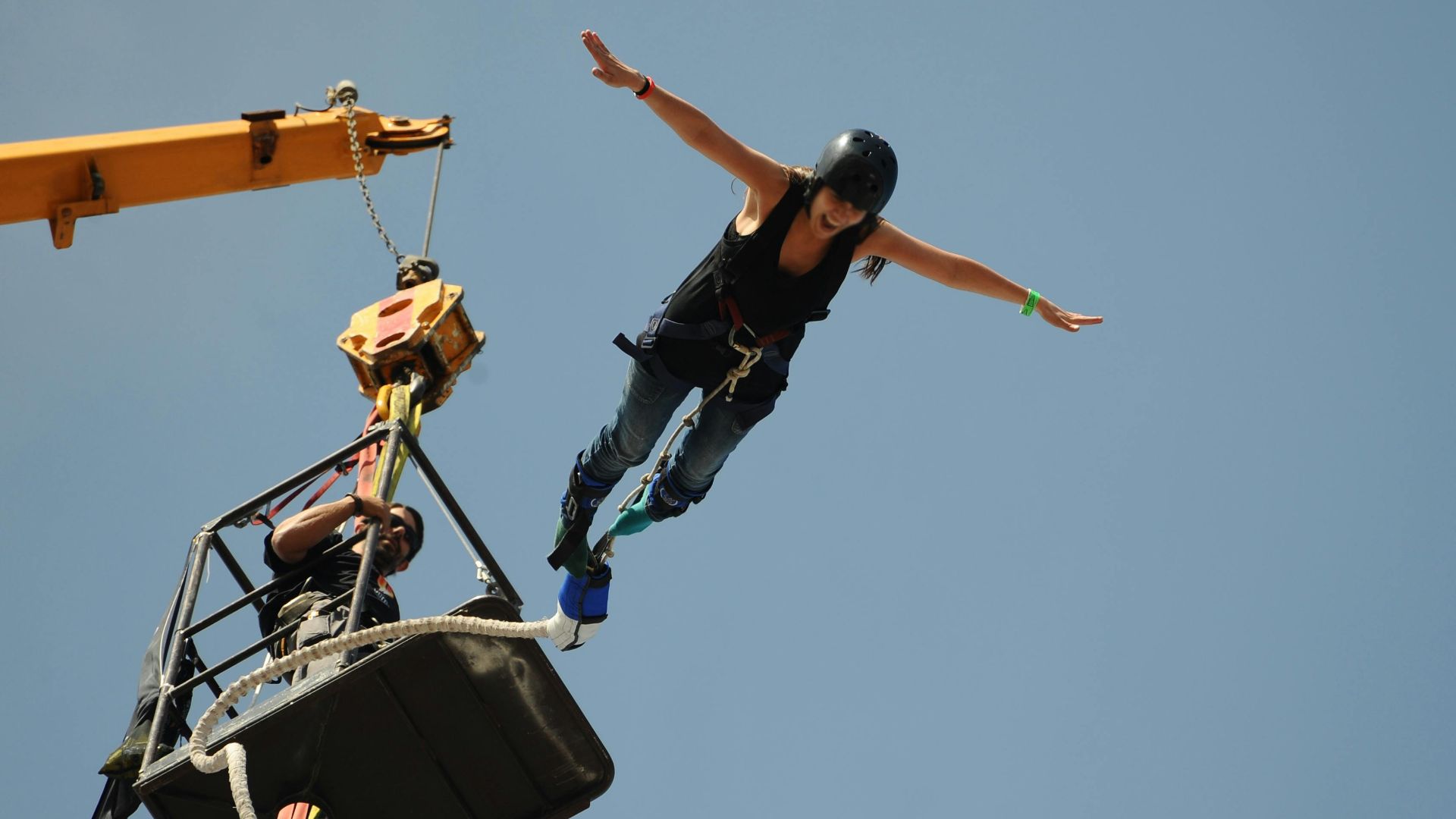Stop The Room From Spinning
Feeling like the room is spinning when you’re standing still can be terrifying. Vertigo doesn’t just throw off your balance—it can hijack your confidence in doing even the simplest tasks. Many people try exercises to find relief, but not all movements are helpful. Some actually intensify the dizziness. Understanding which ones to embrace and which to skip can make all the difference. Read on to discover exercises proven to ease vertigo symptoms safely. Let’s begin with the ones that help.
1. Epley Maneuver
When vertigo strikes from displaced ear crystals, the Epley Maneuver offers relief. It guides those particles from the semicircular canals through timed head and body turns—each held for 30 seconds. Often taught for home use, it successfully eases Benign Paroxysmal Positional Vertigo (BPPV) in most people.
2. Brandt-Daroff Exercises
For those who can’t perform the Epley, Brandt-Daroff exercises offer another route. They retrain the brain to adapt to confusing inner ear signals through side-to-side movements at a 45-degree angle. Simple, equipment-free, and repeatable daily, they remain a trusted home remedy.
3. Gufoni Maneuver
Few treatments work faster against horizontal canal BPPV than the Gufoni Maneuver. Patients are moved rapidly from sitting to side-lying positions while gravity and head turns reposition inner ear crystals. Created by Italian otolaryngologist Mario Gufoni in 1998, it’s mainly clinic-based.
4. Vestibular Habituation Head Shakes
To help the brain handle motion better, habituation head shakes provoke mild dizziness on purpose. The repeated movements gradually reduce motion sensitivity and boost balance. Specialists usually suggest them for chronic vertigo cases by tailoring each routine to a person’s triggers and limits.
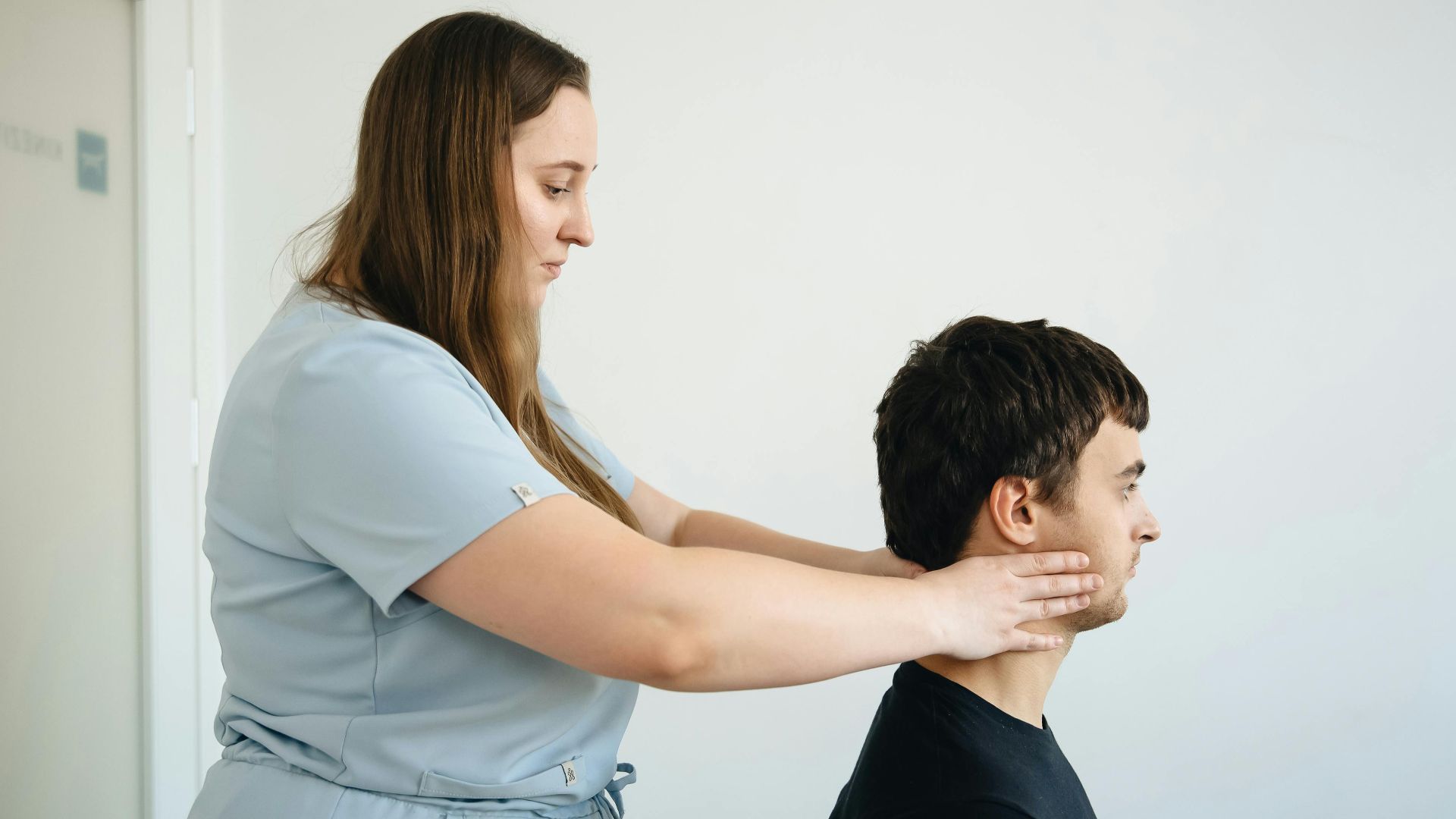 Funkcinės Terapijos Centras on Pexels
Funkcinės Terapijos Centras on Pexels
5. Gaze Stabilization Exercises
Instead of avoiding head movement, these drills train the eyes to keep a target in focus while the head moves. The goal is steadier vision and less dizziness. People can practice sitting, standing, or walking—making it flexible and effective for vertigo recovery.
6. Romberg Balance Stance On Foam
What began as a classic neurological test has become a cornerstone of balance therapy. Standing with feet together and eyes closed challenges stability; foam heightens the effect by dulling feedback. This simple twist strengthens coordination and enhances vestibular rehabilitation outcomes.
7. Tai Chi Cloud Hands Sequence
Grace meets science in Tai Chi’s Cloud Hands. The slow, coordinated motions enhance balance and prevent falls in those with instability. Rooted in ancient Chinese martial arts, this flowing sequence promotes focus, steadiness, and harmony through every controlled, wave-like movement.
8. Cervical Proprioception Neck Relocation
Neck-focused proprioception exercises help people regain control over their sense of position. By moving the neck precisely, these routines improve balance and ease dizziness tied to posture or cervical issues. They retrain the body’s spatial awareness to restore steadier movement and orientation.
9. Optokinetic Drum Tracking
This exercise challenges the eyes to follow rotating stripes or patterns inside an optokinetic drum. The motion trains the brain to interpret balance signals correctly. Often used in rehabilitation clinics, it may trigger brief dizziness at first—a deliberate step toward long-term stability improvement.
10. Virtual Reality Balance Retraining
Immersive virtual reality turns therapy into an interactive experience. Patients go through simulated environments that safely test balance and spatial awareness. The system adjusts difficulty automatically to offer motivation through measurable progress. VR balance retraining blends technology with therapy to transform rehabilitation into a personalized challenge.
 Albiol-Perez, S., Gil-Gomez, J. -., Llorens, R., Alcaniz, M., & Colomer Font, C. on Wikimedia
Albiol-Perez, S., Gil-Gomez, J. -., Llorens, R., Alcaniz, M., & Colomer Font, C. on Wikimedia
Not every workout brings relief; some send your balance spinning—here are the ones to avoid.
1. Cartwheels Or Gymnastic Flips
Every spin and flip in gymnastics challenges the body’s internal compass. Quick head rotations disrupt vestibular signals, sparking vertigo or loss of balance in sensitive people. Though cartwheels look effortless, their wheel-like motion can easily send the world into a dizzying blur.
2. Downward Dog Yoga Pose
Placing the head below the heart can spell trouble for anyone with vertigo. In the downward dog, that inversion lets loose inner ear crystals slip into the semicircular canals, which sparks dizziness. Despite being a yoga staple, this pose intensifies BPPV symptoms.
3. High-Intensity Interval Jumping Jacks
Explosive jumping jacks can overwhelm the body’s balance system. Rapid vertical jolts and sudden head movements often provoke dizziness, nausea, or eye flickering called nystagmus—a sign of vertigo flare-ups. For motion-sensitive people, this workout can quickly turn balance into chaos.
4. Backstroke Swimming
Floating face-up seems gentle, yet backstroke swimming can confuse the brain’s sense of direction. The supine position and water pressure around the ears disturb equilibrium, leading to dizziness. Even Olympic swimmers rely on overhead flags to reorient mid-stroke and avoid disorientation.
5. Trampoline Rebounding
Bouncing on a trampoline may look fun, but it can quickly destabilize anyone with vertigo. The constant vertical motion overstimulates the inner ear and vestibular system to produce lightheadedness or spinning sensations. Despite its popularity in fitness centers, this activity triggers imbalance rather than coordination.
6. Headstand Inversions
Touted as the “king of yoga poses,” headstands can backfire for people with vertigo. Inverting the body below the heart shifts ear crystals and alters blood flow, setting off dizziness. Sudden head position changes only heighten that disorienting rush of imbalance.
 KreatePix - Yuni Martin on Unsplash
KreatePix - Yuni Martin on Unsplash
7. Spinning Classes (Cycling)
Stationary cycling might seem safe, yet it can easily unsettle your balance. Sudden resistance shifts and fast-paced head movements overwhelm the vestibular system, which leads to vertigo flare-ups. What should boost endurance instead leaves motion-sensitive riders feeling disoriented and unsteady.
8. Russian Twists With Medicine Ball
This popular core workout can quickly disorient those prone to vertigo. The rapid twisting of the head and torso overstimulates the inner ear, flooding the vestibular system with conflicting balance cues. The result is dizziness, disorientation, and sometimes spinning sensations that linger afterward.
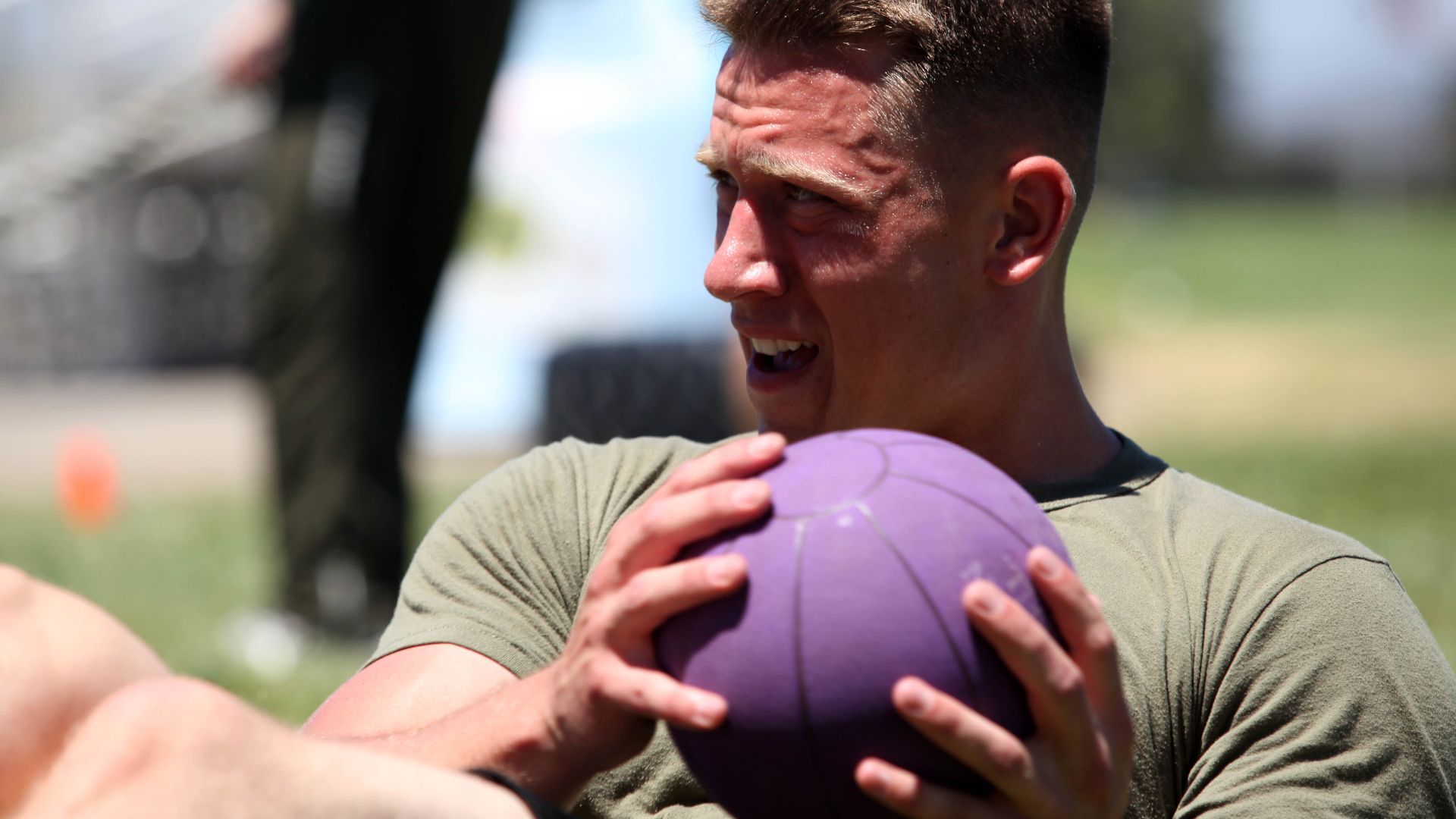 Lance Cpl. Sarah Wolff-Diaz on Wikimedia
Lance Cpl. Sarah Wolff-Diaz on Wikimedia
9. Somersaults Or Forward Rolls
Gymnastic tumbles can cause intense vertigo. The constant head-over-heels motion overstimulates the inner ear, which makes the world appear to spin. For those with balance disorders, even one somersault can dislodge ear crystals and provoke severe dizziness or nausea.
10. Bungee Jumping
Few thrills test your balance like the sudden drop of a bungee jump. The rapid acceleration and rebound overwhelm the vestibular system to cause intense dizziness and disorientation. The experience might be unforgettable—but for people with vertigo, it’s memorable for all the wrong reasons.
KEEP ON READING










